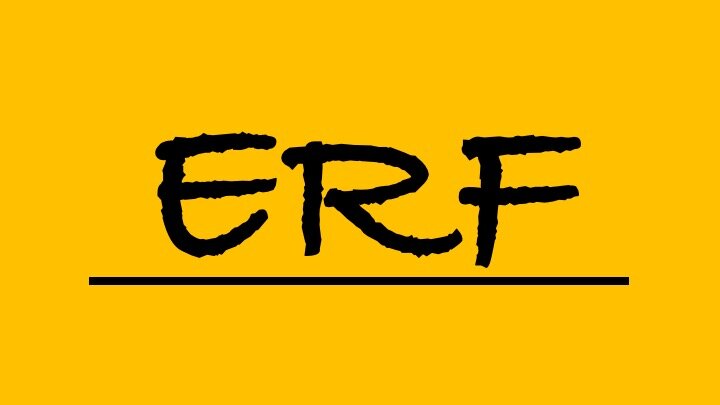Racial Equity and Guided Pathways
Examining the ways we dream of and enact Guided Pathways to transform community colleges into more racially just institutions
Sections: Report | Pillars of Possibility | GP Tools
REPORT: Examining The Racialized Discourse of Guided Pathways: How Community Colleges Implement Towards Racial Equity
This report uses state-level data to examine how 115 community colleges described their experiences implementing Guided Pathways to address racial inequity and prioritize racially minoritized students in their institutional redesign.
Our report begins with a state-level overview and shares how racial equity is discussed within and across the four pillars of Guided Pathways. We have identified five types of discourse across the four pillars: All Students, Deficit-Oriented, Equity, Proxy, and Racial. Focusing on how race-conscious efforts are being carried out across the system, we highlight those institutions that shared Pathways practices centered on racially minoritized students.
We identified only 45 reports of the 115 that used race-conscious descriptors, including terms like Black students, Indigenous, Racism, and Racial Equity. We also found that campuses with a higher percentage of students of color are more likely to use race-focused and equity-oriented language. Equity-based language was the most prevalent type of discourse identified, while deficit-oriented language was the least found across SOAA reports. We further highlight 1) race-conscious efforts in redesigning institutional pathways to be student-relevant, 2) onboarding and first-year experience programs, and 3) ways campuses have centered the needs of students of color in career readiness and workforce preparation.
In closing, we offer recommendations to embed racial equity into implementing Guided Pathways. We hope that the race-conscious approaches and practices showcased in the report serve as exemplars to be considered and contextualized to redesign and restructure community colleges in ways that acknowledge, honor, validate, and serve racially minoritized students.
Take Action: Review Our Four Possibility Models for Advancing Racial Equity Through Guided Pathways.
Pillar of Possibility #1: Be Race-Conscious
Practitioners must build the ability to design and implement Guided Pathways through a race-conscious lens. Without a focus on the racialized nature of community college, even well-intended efforts can be framed through deficit-minded frameworks and fail to address institutional causes of equity gaps.
Revisit existing Guided Pathways efforts and name specific groups you intend to serve.
Recognize the distinct challenges these individualized students face on campus.
Redesign efforts to be identity-conscious, race-specific, and culturally relevant.
Reallocate and target resources to eliminate these persistent disparities.
Pillar of Possibility #2: Data for Action
To close racial equity gaps, institutions must be able to effectively collect, analyze, and use data that identifies areas of inequity and then monitor and evaluate how Guided Pathways efforts are working to mitigate such outcome disparities.
Build race-conscious approaches to data inquiry that help institutional leaders drive decisions and actions for improvement.
Provide fine-grained data that pinpoints racial inequities on campus.
Inform how campus practitioners decide to redirect resources and redesign supports.
Continuously monitor and assess progress toward closing racial equity gaps and offer insight to revise or scale up strategies via Guided Pathways.
Pillar of Possibility #3: Capacity Building for Racial Equity
To transform the institution, we must transform ourselves. Professional learning opportunities within Guided Pathways that advance race-conscious practitioners and more equitable institutions include:
Centering the exploration of difficult topics such as race, racism, and structural inequity that operate within our institutions and perpetuate outcome disparities.
Designing capacity-building opportunities and professional development for all campus stakeholders, where colleagues such as counselors, custodians, and classified professionals receive focused opportunities to learn, reflect, and grow.
Creating strategies that represent continuous and sustained learning opportunities (rather than one-time workshops) that allow colleagues to develop a comprehensive set of beliefs, values, and actions that advance racial equity.
Using professional development to prompt concrete shifts in actions and practices among campus educators, leading to improved conditions, experiences, and outcomes for racially minoritized students in and out of the classroom.
Pillar of Possibility #4: Institutional Integration
To mitigate siloed strategies to either Guided Pathways or advancing racial equity, it is critical for campuses to seek convergence among large-scale change efforts attempting to improve student success and close equity gaps. Institutional integration strategies for race-conscious Guided Pathways can be:
Map out all equity initiatives to develop an inventory of change efforts on campus and work to improve communication and collaboration across them.
Convene leaders overseeing these change efforts to recognize how these reforms overlap and complement each other —although they have different names, the aim is the same: equity.
Consider how various efforts and plans such as Strategic Enrollment Management, Guided Pathways, Student Equity and Achievement, Diversity, Equity, Inclusion, and Accessibility, Equal Employment Opportunity, Strong Workforce, and AB-705 can be seen as one interconnected institutional effort to be leveraged for improve racial equity.
Develop a singular institutional plan that sets a vision and direction for the campus. This vision incorporates overlapping reform efforts seeking improved student success, builds on Guided Pathways implementation, centers strategies that validate racially minoritized students, and explicitly addresses the barriers faced by these students in community college.
Team Members
Carlos Galan, Ph.D., (he/him/el) Assistant Professor, CSUSB
Eric R. Felix, Ph.D., (he/him/el) Associate Professor, SDSU
Rogelio Salazar, (he/him/el) Graduate Student, UCLA
Nathen Ortiz, (he/him/el) Graduate Student, SDSU
Stephanie Vásquez,(she/her/ella) Graduate Student, SDSU
Ángel González, Ed.D., (he/they/elle) Assistant Professor, Fresno State
Citlalli Franco, (she/her/ella) Graduate Student, SDSU
Wesley Cox, (he/him/his) Graduate Student, SDSU

